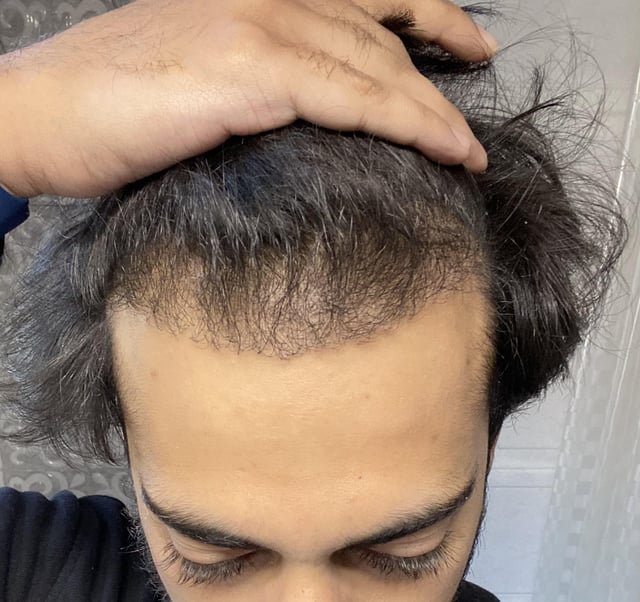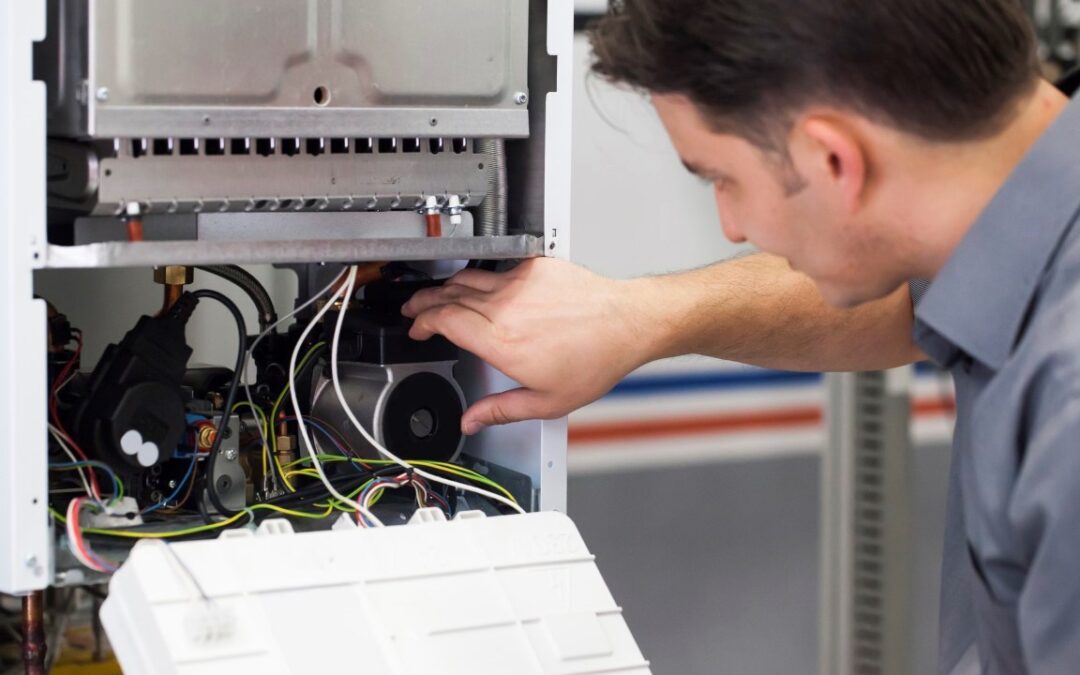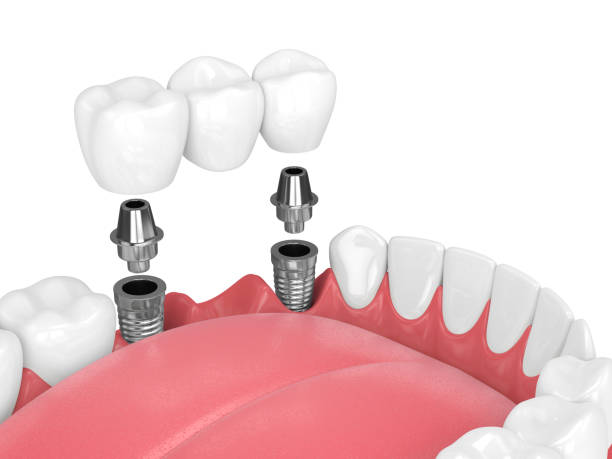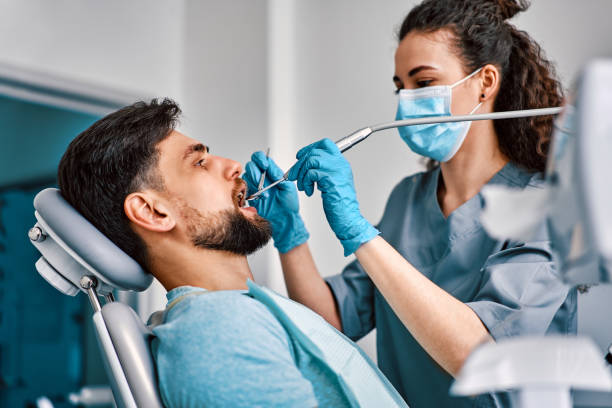Follicular Unit Extraction (FUE) has emerged as one of the most popular methods for addressing hair thinning and baldness. Unlike older procedures, it involves the extraction and implantation of individual hair follicles, providing a more natural and less invasive solution. If you are considering an FUE Hair Transplant in Abu Dhabi, it’s important to understand that to get the most out of this transformative process, proper preparation before your FUE session is essential. The journey doesn’t begin in the operating chair — it starts days or even weeks before the session.
Preparation not only helps ensure the success of the transplant but also promotes comfort, reduces recovery time, and contributes to long-term hair growth. Here’s a complete guide on how to prepare yourself both physically and mentally for your FUE hair transplant session.
Understanding the FUE Hair Transplant Procedure
Before diving into the preparation steps, it’s essential to understand what FUE entails. In this technique, hair follicles are extracted from a donor area, usually at the back of the head, and then transplanted to thinning or bald areas. The procedure is done under local anesthesia and usually takes several hours, depending on the extent of the transplant.
Knowing the details of the process allows you to mentally prepare and manage your expectations. It is helpful to be aware of the typical timeframes, pre-session guidelines, and the kind of results that gradually develop over time.
Pre-Session Lifestyle Adjustments
Leading up to your session, your daily habits can play a significant role in ensuring your scalp is in optimal condition. You’ll want to focus on adopting healthy practices and temporarily avoiding behaviors that may interfere with your body’s readiness.
Getting enough rest is vital. Prioritize a consistent sleep routine to allow your body to stay in its best state. Staying hydrated is equally important as water supports overall cellular function, which can benefit the scalp and hair follicles. Limiting caffeine in the days prior may also help, especially if advised as part of your preparation plan.
If you’re in the habit of using products like hair gels, sprays, or any styling creams, it’s best to discontinue them a few days before the session. Letting your hair remain clean and free from additives will help keep the scalp in its most natural and workable condition.
Preparing Your Scalp and Hair
Maintaining a clean scalp is a fundamental part of the preparation process. It is generally recommended to wash your hair thoroughly the night before and on the morning of the procedure using a mild shampoo. This ensures that the scalp is free of dirt, excess oils, or other residues that could interfere with follicle extraction and implantation.
Avoid shaving your head or cutting your hair unless specifically advised to do so. Often, certain hair length is necessary to properly identify donor areas and plan the extraction process. Keeping your scalp protected from sun exposure in the days leading up to the procedure can also be beneficial. A sunburned scalp can be problematic during the session, so it’s wise to wear a hat or stay in shaded areas.
What to Eat and Drink Before the Procedure
A well-balanced diet can influence the condition of your hair and scalp. On the day before your session, focus on consuming nutrient-rich foods such as fruits, vegetables, whole grains, and lean protein. This supports the health of your skin and scalp and helps with overall vitality.
The morning of the transplant, eat a light but filling meal. Choose something that won’t upset your stomach and provides enough energy for several hours of sitting. Staying nourished helps your body remain stable during the lengthy procedure.
It’s typically recommended to avoid alcohol and any energy drinks for several days before the session. These beverages can influence blood circulation and hydration levels, which are both important during the transplant.
Clothing and Personal Items to Bring
On the day of your session, wear comfortable, loose-fitting clothes. A shirt with buttons or a zip-up top is ideal because it can be removed easily without pulling it over your head. This helps prevent any disturbance to the scalp after the session is complete.
Avoid wearing hats, helmets, or anything that applies pressure to the head when arriving at the location. After the session, you may be advised on how to protect your scalp, but it’s best to arrive with a clean, uncovered head unless otherwise directed.
Bring any necessary items that will keep you relaxed and comfortable during the procedure. This could include earphones, a charged phone or music device, or a small blanket if the session room tends to be cold. Being mentally at ease can make a long session feel shorter.
Mental Preparation and Patience
Mental readiness is just as important as physical preparation. Understand that hair growth is a gradual process. After the procedure, the transplanted hair will often shed before new growth begins. This is part of the natural cycle and nothing to worry about.
Preparing mentally also means setting realistic expectations. While FUE delivers natural-looking results, it’s a journey that unfolds over several months. Being informed and patient can reduce anxiety and help you stay focused on the long-term benefits rather than immediate changes.
Meditation, breathing techniques, or light exercise in the days leading up to the session can also help manage any stress or nervousness. Maintaining a positive mindset plays a key role in how you perceive and experience the entire process.
Avoiding Certain Activities Before the Session
In the days prior to the transplant, there are a few activities to avoid for best results. Avoid strenuous physical exercise, especially in the 48 hours leading up to the session. Excessive sweating can affect scalp cleanliness, and it’s best to keep the body in a rested state.
Refrain from any head massages, steam baths, or sauna sessions before the procedure. These activities may irritate the scalp or influence blood flow in a way that isn’t ideal before follicle extraction and implantation.
You may also want to pause use of any hair growth tools or devices temporarily, such as laser combs or stimulators, unless specifically advised otherwise. Keeping your scalp in a neutral state is often best in the days leading up to the session.
Post-Session Planning Starts Before the Session
Though the procedure itself is the main focus, it’s wise to prepare for what comes immediately afterward. Arrange for a calm, restful day following the session, and ideally a few light days ahead. This gives your scalp time to adjust and heal without pressure from busy schedules.
Set up your sleeping area in advance. You may be advised to sleep in an elevated position for a few nights. Have extra pillows and clean sheets ready to ensure comfort and hygiene.
Also consider your transportation needs. Since the session can be lengthy, it’s best to avoid driving yourself home. Having a friend or family member available for pickup ensures you return home safely and stress-free.
Final Thoughts on Preparing for Your FUE Hair Transplant Session
Preparing for your FUE hair transplant session goes far beyond just showing up on the day. It involves thoughtful lifestyle adjustments, scalp care, mental readiness, and logistical planning. These steps help create the best possible environment for your new follicles to take root and thrive.
Taking the time to prepare well allows you to walk into your session with confidence, clarity, and peace of mind. And while the process may require patience, the reward of restored hair and confidence makes every step worthwhile.
Frequently Asked Questions (FAQs)
How soon before my session should I start preparing?
Ideally, begin at least a week in advance by adjusting your lifestyle, diet, and hair care habits. More specific steps, like avoiding certain products or behaviors, should be followed in the final days leading up to the session.
Can I use hair products before my transplant?
It’s recommended to stop using hair products such as gels, sprays, or waxes several days before your session. A clean, product-free scalp is essential for optimal preparation.
What should I eat before my FUE procedure?
Stick to a nutritious, light meal on the day of the procedure. Avoid spicy or heavy foods that might upset your stomach during the session.
Is it necessary to take time off after the procedure?
It’s advisable to plan for a few days of rest after the session. This allows your scalp to begin healing without pressure or strain from daily activities.
How can I mentally prepare for the session?
Read up on the process, set realistic expectations, and engage in calming activities like breathing exercises or light stretching. A calm mind can greatly enhance your experience.







0 Comments